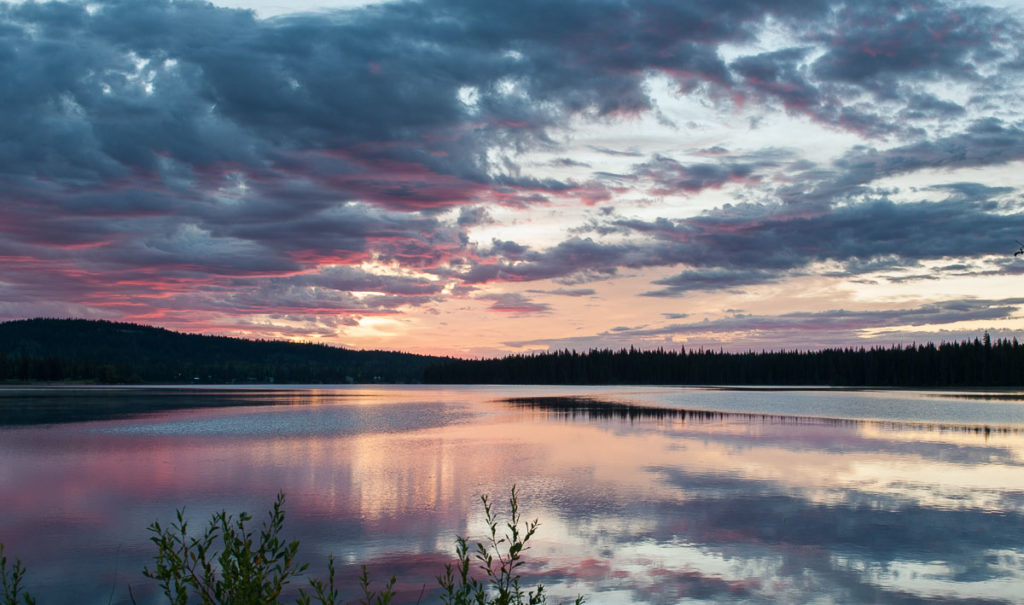RAW vs. JPG: Demystifying Image Formats for Beginners
Introduction: Photography has become more accessible than ever before, thanks to the ubiquity of smartphones and digital cameras. However, when capturing and storing images, you may have come across two standard file formats: RAW and JPG. Understanding the differences between these formats is essential for anyone looking to improve their photography skills. In this article, we’ll break down the key characteristics of RAW and JPG files, helping you decide which format to use.
What is RAW?
RAW is an uncompressed image format that captures and stores all the data directly from your camera’s sensor. It’s like a digital negative, containing all the information about the image without any processing applied. RAW files retain more details, colour depth, and dynamic range compared to other formats, making them highly flexible during post-processing.
Power of RAW

Advantages of RAW:
- Flexibility: RAW files allow you to adjust various aspects of the image, such as exposure, white balance, and colour temperature, without losing quality or introducing artifacts.
- Dynamic range: RAW captures a wider range of light and dark tones, enabling better details recovery in bright highlights and shadow areas.
- Non-destructive editing: Since RAW files retain the original data, any adjustments you make are applied as instructions rather than permanently altering the image. It allows for experimentation and preserves the original image quality.
Limitations of RAW:
- File size: RAW files are significantly larger than JPG files, consuming more storage space on your memory cards and hard drives.
- Compatibility: RAW files may require specialized software or plugins to open and edit. Some older software versions may not support the RAW format of newer camera models.
What is JPG?
JPG (or JPEG) is a compressed image format that applies a degree of compression to reduce file size. The compression removes specific image data less perceptible to the human eye, resulting in smaller file sizes while maintaining reasonable image quality. Most digital cameras and image-sharing platforms use JPG as the default format.
Power of RAW

Advantages of JPG:
- Smaller file size: The compression applied to JPG files significantly reduces their size, making them more manageable for storage and sharing.
- Broad compatibility: JPG files can be easily opened and viewed on almost all devices without specialized software.
- Ready-to-use images: JPG files are processed in-camera, applying settings like white balance, sharpening, and colour saturation. It means that they are immediately usable and require little to no editing.
Limitations of JPG:
- Loss of quality: Due to compression, JPG files discard some image data, resulting in a loss of detail, especially in areas with fine textures or gradients.
- Limited post-processing: Any adjustments made to a JPG file during editing can introduce artifacts and further degrade image quality. The flexibility for making extensive edits is reduced compared to RAW.
- Limited dynamic range: JPG files have a narrower dynamic range, which can lead to loss of highlight and shadow details in high-contrast scenes.
Conclusion:
In summary, the choice between RAW and JPG ultimately depends on your needs and preferences as a photographer. If you value maximum control over your images, the ability to fine-tune settings, and the potential for extensive post-processing, RAW is the way to go. On the other hand, if you prioritize convenience, smaller file sizes, and minimal editing, JPG is a suitable option.
Remember that shooting in RAW and later converting to JPG gives you the best of both worlds, allowing you to preserve the original data while having a ready-to-use version. Regardless of your choice, the most important aspect of photography is capturing the moment and enjoying creating beautiful images.
Want More Free Photography Tips?
Follow us on Instagram and Facebook for daily photography tips and tutorials
Lightroom Private Lessons
Check our Lightroom Private lessons, and start learning to edit your Raw pictures to their potential.
That is all for now. Stay tuned for my following photography Tips. We love to hear from you. Let us know if you have any questions; feel free to send us your questions, and we will gladly answer them. Follow us on Facebook, Instagram and Twitter for more Free Tutorials and Tips.
Ted and the Omnilargess Team

